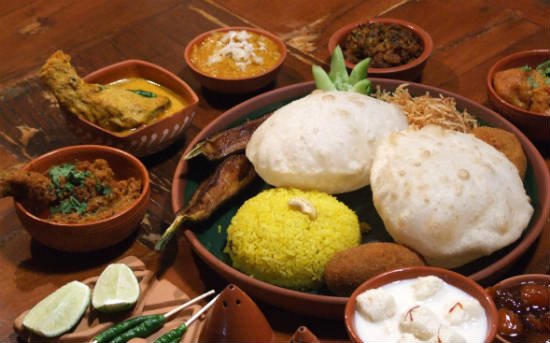
1. Kosha :
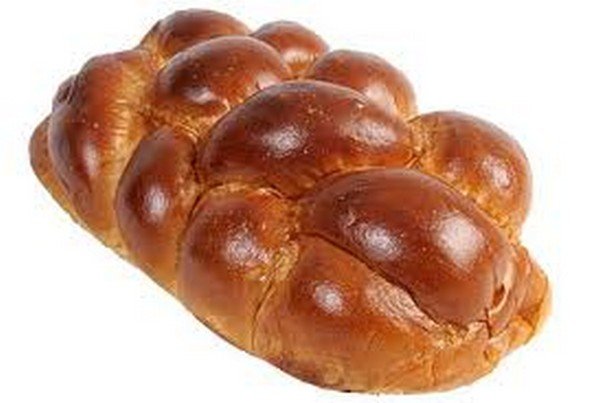
Meaning fried for a long time with ground and whole spices over high heat until shallot/garlic/ginger have dissolved into a thick paste. Usually applied to meat and some shellfish.
2. Chorchori :
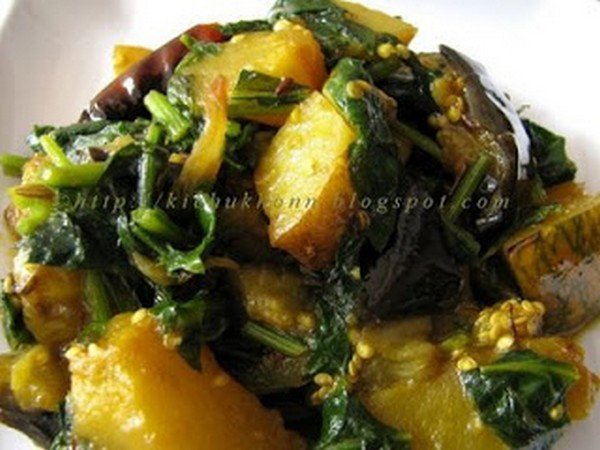
Usually a vegetable dish with one or more varieties of vegetables cut into longish strips, sometimes with the stalks of leafy greens added, all lightly seasoned with spices like mustard or poppy seeds and flavoured with a pouron. Sometimes a chochchori may have small shrimp. The skin and bones of large fish like bhetki or chitol can be made into a chochchori called katachochchori (kata meaning fishbone). The stir frying process and the lightness of a chochhori is not unlike that of chop suey, which is a term for assorted pieces, and this shows the influence of the Chinese in Bengali household cooking. The chochhori would be generally an assortment of vegetable and fish bones and other things that would have been rather thrown away, fried in a korai,(a slightly rounded wok), over high heat at first, and then simmered to let the vegetables cook down to being just done, and then taken off the flame immediately to stop cooking. The cooking procedure adds to the confirmation of the entrance of Chinese style of cooking into Kolkata during the mid1800s, prior to which this particular dish was not very popular in Bengali cuisine.
3. Ghonto :
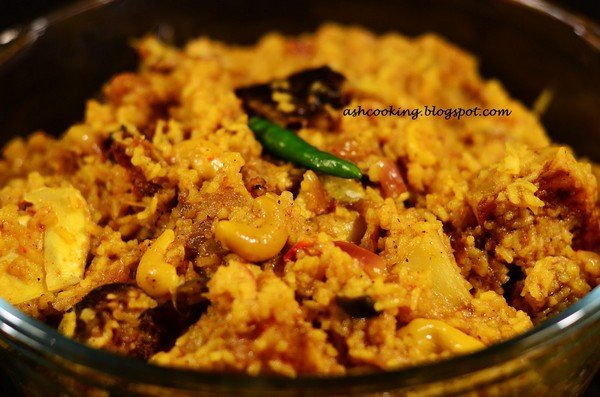
Different complementary vegetables (e.g., cabbage, green peas, potatoes or banana blossom, coconut, chickpeas) are chopped or finely grated and cooked with both a pouron and ground spices. Dried pellets of dal are often added to the ghonto. Ghee is commonly added at the end. Nonvegetarian ghontos are also made, with fish or fish heads added to vegetables. The famous murighonto is made with fish heads cooked in a fine variety of rice. Some ghontos are very dry while others are thick and juicy.
4. Dhaka :
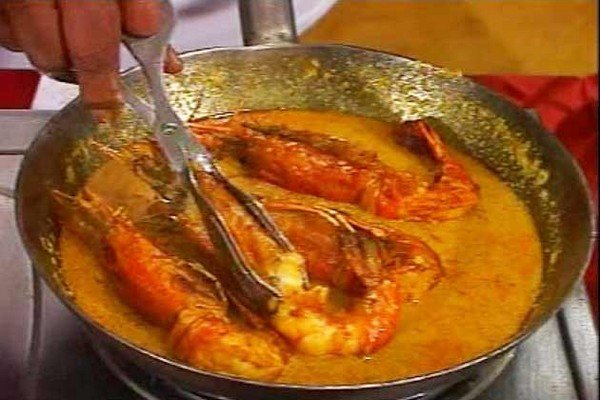
The Nawabs of Dhaka were not the original Nawabs of Bengal.[citation needed] Their ancestors came from Kashmir as merchants who made their fortunes in Eastern Bengal in the 17th century. They finally settled in Dhaka, and, having bought large landed estates, they became the largest landowners in these parts. They were given the title of Nawab by the British. The Nawabs brought many famous baburchis (cooks) from many parts of India who introduced many new dishes, especially meat dishes, to the local cuisine. Admittedly, these expensive dishes were hardly enjoyed by the common people. They remained the favourite of the wealthy and the welltodo aristocrats. However, with the general economic growth of Dhaka since 1971, some of them have become favorite of the rich classes especially on such festivel.
5. Dalna :
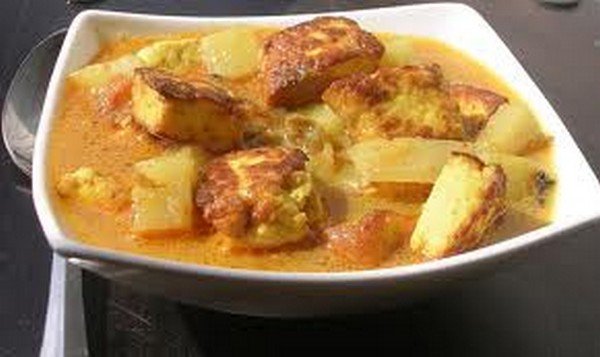
Mixed vegetables or eggs, cooked in a medium thick gravy seasoned with ground spices, especially gorom moshla and a touch of ghee.
6. Moa :
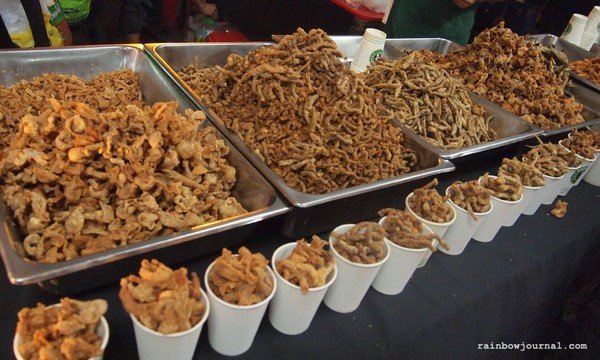
A moa is made by taking muri with gur (jaggery) as a binder and forming it into a ball, made all over Bengal. Another popular kind of moa is Joynagarer moa, a moya particularly made in Jaynagar, South 24 Parganas district, West Bengal which uses khoi and nolen gur as binder. Nolen gur is fresh jaggery made from the sap of date palm. Moas are made specially during winter.
7. Kofta :
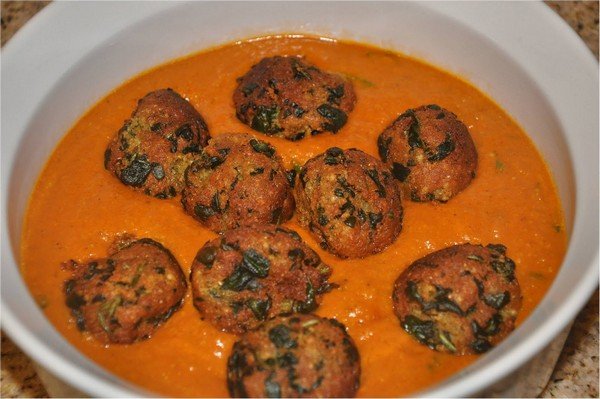
Ground meat or vegetable croquettes bound together by spices and/or eggs served alone or in savoury gravy. Koftas are usually softer than boras which are mainly made of ground lentils, sometimes with added chopped vegetables. Telebhaja is different.

